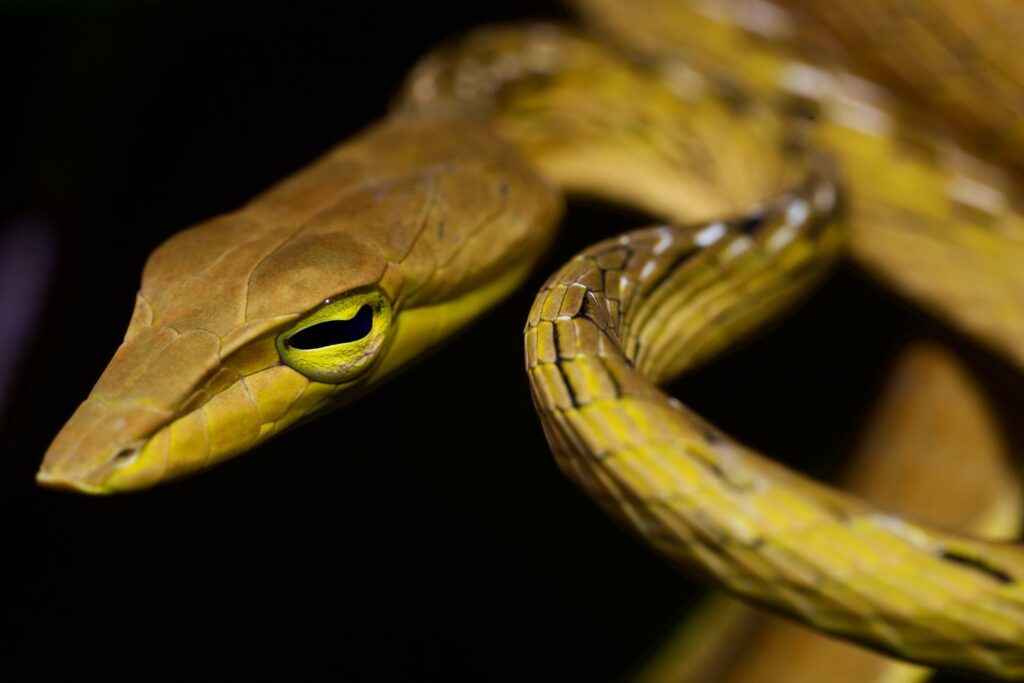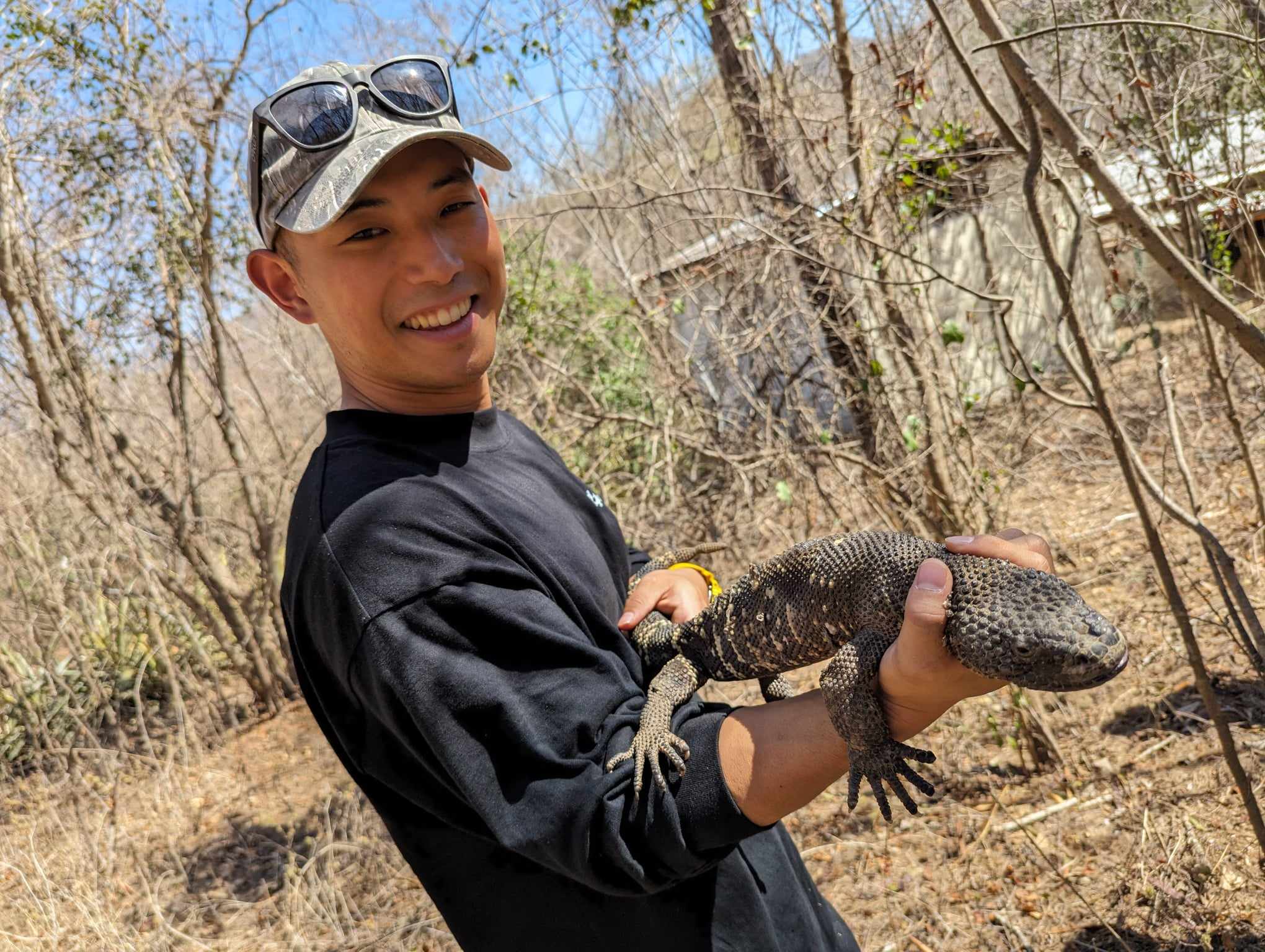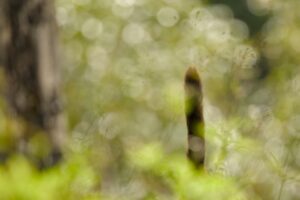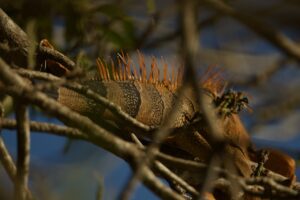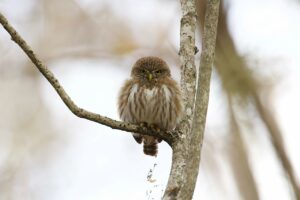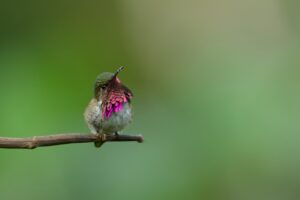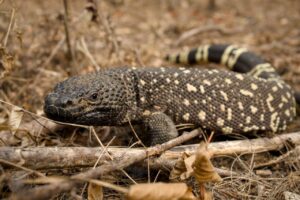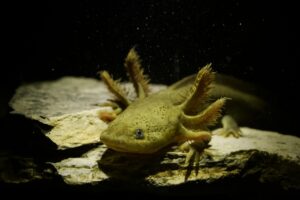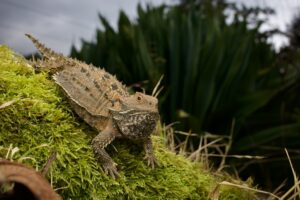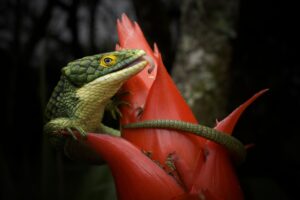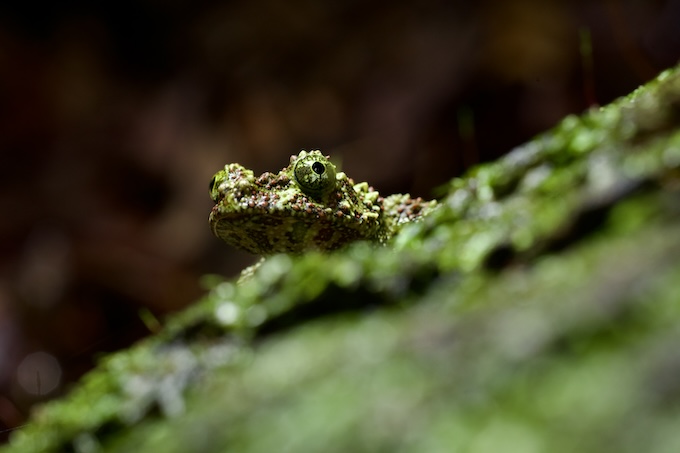
What is the Vietnamese Mossy Frog?
The Vietnamese mossy frog (Theloderma corticale) is an amphibian species native to northern Vietnam, with possible ranges extending into parts of China and Laos. It belongs to the family Rhacophoridae and typically grows to about 6-8 cm in length. Also known as the Vietnam mossy frog or simply “Mossy Frog” in English, this unique species is renowned for its exceptional camouflage, blending into its environment with a striking resemblance to moss or lichen.
Out of the 26 species in the Theloderma genus, Theloderma corticale stands out as my personal favorite due to its unparalleled moss-like appearance. This species’ rough and bumpy skin serves as natural camouflage, making it incredibly hard to spot in the wild, which adds to the challenge and thrill of finding one during a herping trip.
Where Does the Vietnamese Mossy Frog Live?
In the wild, the Vietnamese mossy frog is nocturnal and mainly inhabits humid, high-altitude forests, typically above 800 meters. While they are predominantly arboreal, these frogs are also known to spend long periods in water. During the day, they often hide in tree hollows, caves, or crevices near streams. At night, they emerge to hunt for insects such as moths and grasshoppers. When threatened, these frogs curl up into a ball, feigning death as a defense mechanism.
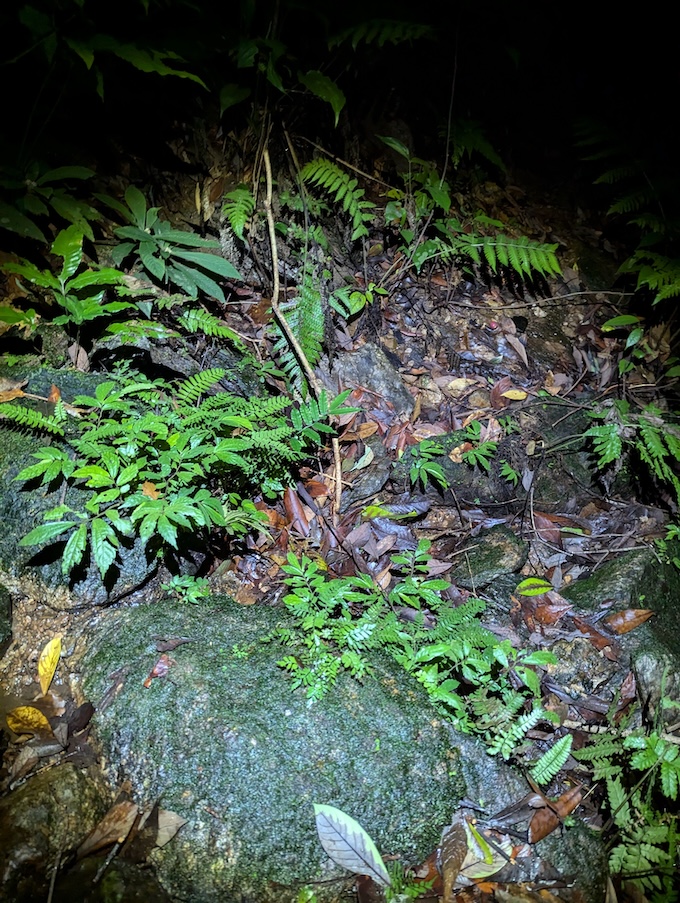
The Search for Wild Vietnamese Mossy Frogs
For this particular adventure, I had the opportunity to visit Phong Nha-Ke Bang National Park in northern Vietnam, a region known for its limestone karst landscape. As many national parks in Vietnam straddle borders with neighboring countries, entering these parks at night requires a special permit. It’s important to note that if you’re planning a Vietnam herping trip, proper documentation is a must.
The journey to find the wild Vietnamese mossy frog wasn’t easy. During the rainy season, which offers the best chance for spotting wildlife, we trekked through streams and rocky paths, some of which were so deep that even our boots couldn’t keep the water out. Despite the challenges, the excitement of encountering one of these elusive frogs kept us motivated.
Finding the First Frog
At around 1 a.m., after hours of wading through rugged terrain, I finally spotted my first Vietnamese mossy frog in the wild. It was perched on a rock in the middle of the stream—a sight that instantly made all the effort worthwhile. There’s something truly magical about these moments during herping trips when the payoff for your patience and determination finally comes to fruition.
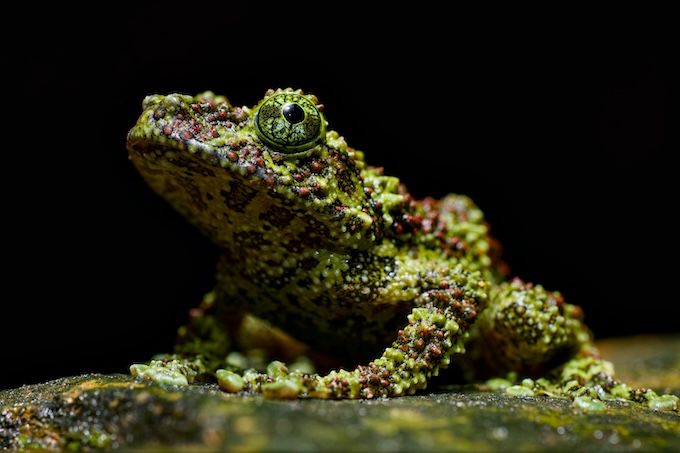
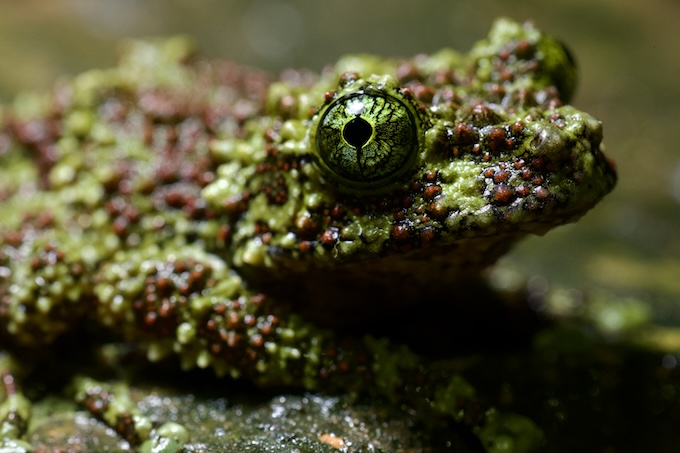
Conclusion
Finding the Vietnamese mossy frog in its natural habitat is a rewarding experience for any herping enthusiast. Whether you’re curious about their unique camouflage or just eager to add this species to your list, northern Vietnam’s national parks offer an incredible opportunity to encounter these fascinating amphibians. When planning your trip, make sure you have the necessary permits and prepare for a physically demanding but exhilarating adventure. With persistence, you’ll hopefully experience the joy of spotting one of these incredible creatures in the wild.
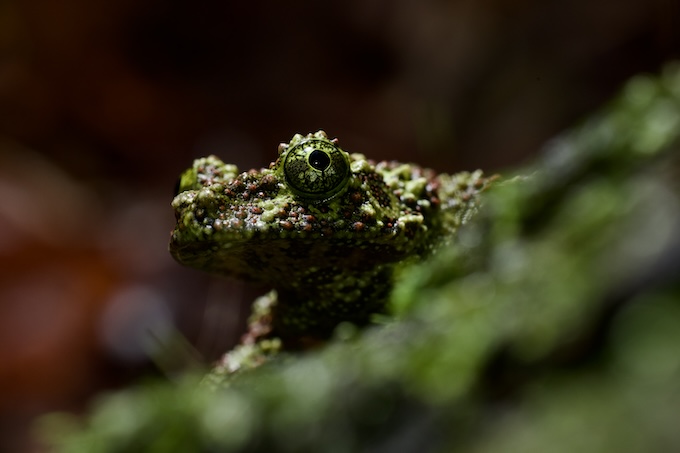
Other Vietnam herping blog
